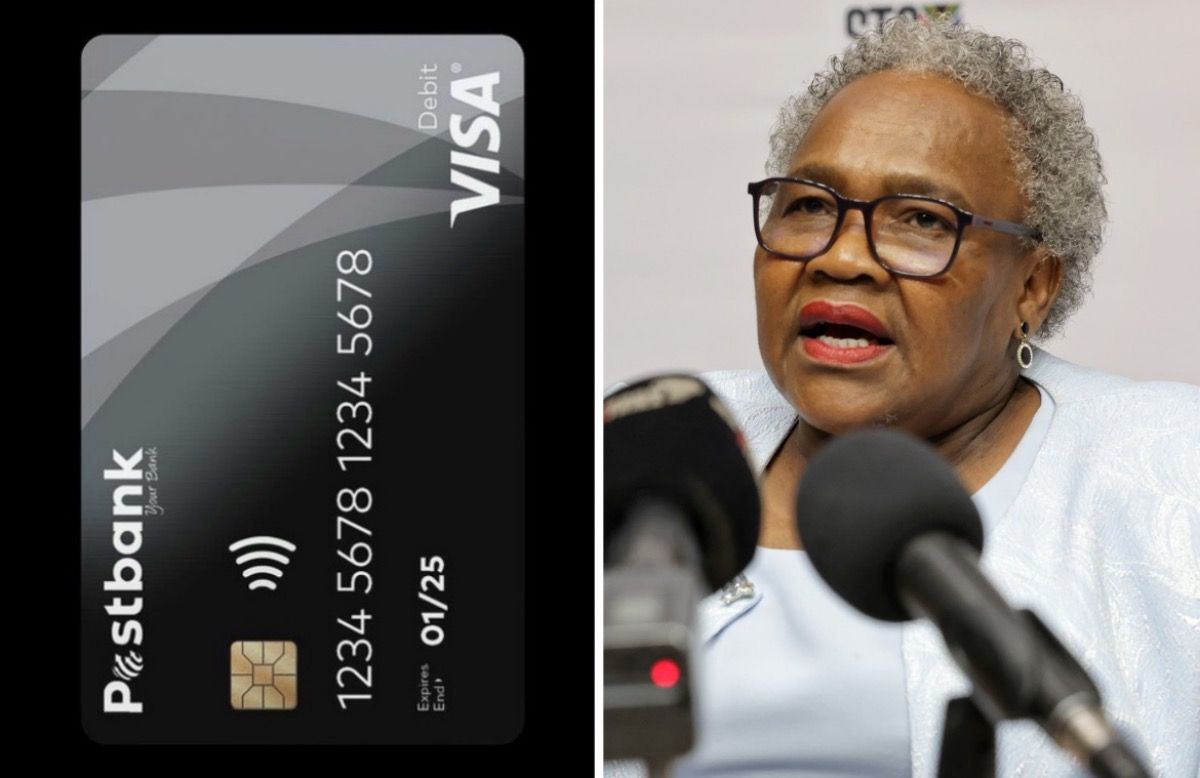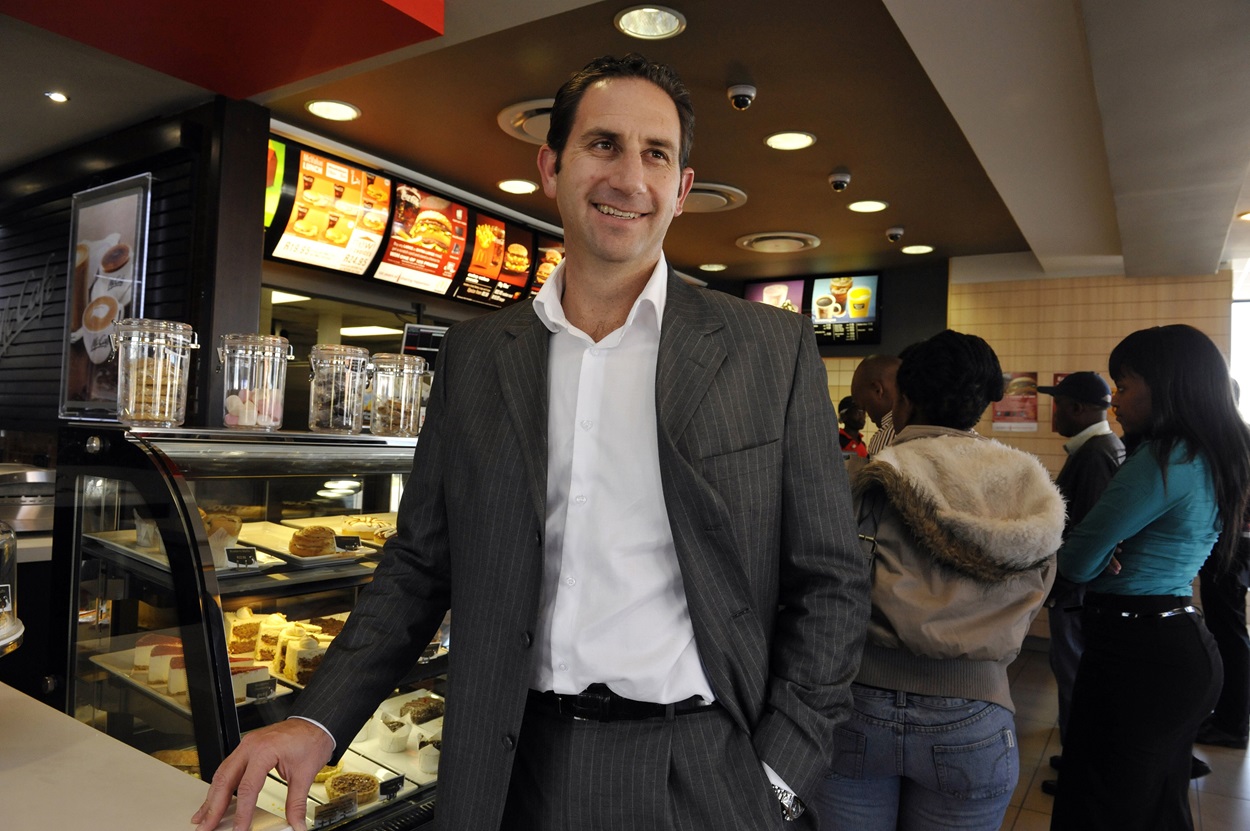South Africans cannot do without their cars, which means you have to ensure that your car insurance will protect you.
Having your own set of wheels makes getting from point A to point B so much quicker and easier. However, along with the convenience that comes with being a car owner, the risks of the road are all too real and you must ensure your car insurance is road ready.
Marius Kemp, head of personal underwriting at Santam, says car insurance has long been one of the most effective ways of preventing the financial fallout of car damage or a write-off, but with so many options, choosing the right policy can be daunting.
“The key to making the most informed decision lies in gaining a good understanding of the risks and what can be done to manage them proactively. Making sure you have adequate cover will provide much-needed peace of mind that if the unexpected occurs, you will have the financial fix you need to keep your wheels on the road.”
ALSO READ: Your top 5 questions about car insurance answered
Road risks: know the facts and the figures
According to Sanral’s most recent report, there are over 800 000 road accidents in South Africa every year – averaging at around 2 200 crashes every day. Many of these accidents are attributed to excess speed and driving under the influence of alcohol.
Kemp says the unfortunate reality is that even responsible motorists who abide by the speed limits and practice safe driving can be affected by fellow drivers who are careless and reckless.
In addition, the South African Police Service found that carjacking, as a sub-category of aggravated robbery, decreased by 0.9% during the second quarter of 2024, when compared to the same period last year.
While the decrease is encouraging, Kemp says the fact that 5 438 incidents of carjacking took place in 2024 is still alarming, given that cases of carjacking exceeded 5 000 year-on-year since 2021. Furthermore, 46% of carjacking incidents involve sedans, hatchbacks and coupes, which alarmingly are the vehicles most car owners drive.
ALSO READ: This is why your car insurance claim could be rejected
Potholes and other road risks
“Another factor making life hard for car owners is the deteriorating state of road infrastructure. The AA has pinned a large proportion of the country’s dangerous road safety record on the poor state of roads across several provinces.
“Lack of maintenance and the rising occurrence of extreme weather has wreaked havoc on many of the country’s highways and frequently used roads.”
Kemp says these findings paint a picture of a road travel environment that is becoming increasingly hazardous for car owners. “These realities, coupled with the strained economic climate, has placed many South Africans under undue financial pressure. Many people simply cannot afford the cost of repairs or complete replacements if they become victims of a car-related crime or are involved in an accident.”
When you need it most, car insurance can relieve a large part of this financial burden, he says. “By choosing your car insurance carefully and working closely with your adviser, you can ensure that you get the cover you need for your unique set of circumstances and budget.”
ALSO READ: These are common myths about car insurance you should know
What to consider when choosing your cover
To choose the right kind of car insurance, you must carefully weigh up the benefits and costs of the various options, he says. While the nature and extent of insurance cover will differ from insurer to insurer, limited cover options usually include third-party only cover and cover for specific events such as fire, theft and hijacking.
“Third-party liability cover will pay out in the event that a third party lodges a claim against you for loss or damage they suffered due to your actions. For example, if you are responsible for a car crash, the third party would be the other person whose car is damaged or destroyed in the process.
“However, third-party insurance does not cover your loss if you are involved in an accident. In other words, any damage to your own car or any of your other property is not covered and you would have to pay for it out of your own pocket.”
ALSO READ: What all those car insurance terms really mean
Some policies only cover fire, theft and hijacking
Likewise, he points out, policies that cover certain events such as fire, theft or hijacking will provide cover only for the events listed in the policy, which will also be subject to certain terms and conditions.
“These limited types of policies may be attractive to you if you have an older, low-value vehicle that is paid off and/or you do not drive the car very often or very far. Limited cover is typically less expensive than a comprehensive insurance policy, but in many ways the benefits of comprehensive insurance far outweigh the cost.”
Kemp says comprehensive car insurance provides extensive coverage that protects against damage to your vehicle from collision and non-collision events such as theft, vandalism, fire, or natural disasters.
“It also covers repairs or replacements if your car is damaged by animals or falling objects. This type of policy ensures peace of mind by offering broader protection than basic liability insurance, reducing the financial burden of unexpected incidents.”
ALSO READ: Buying a car? Keep this in mind
Your car’s retail compared to its market value
Once you decided on the kind of car insurance you need, you will have to decide which value you would like to insure your vehicle for. The TransUnion retail value of a car is the average price a car dealer would sell it for.
Therefore, Kemp says, if your car is insured for its TransUnion retail value, it might not be adequately insured to replace it with a similar make and model in the event of theft or a complete write-off.
“In contrast, the market value of a car equates to the price you would likely get for it if you sold it privately. This value takes into account a number of variables, including mileage, vehicle condition, service history and prevailing market conditions.”














